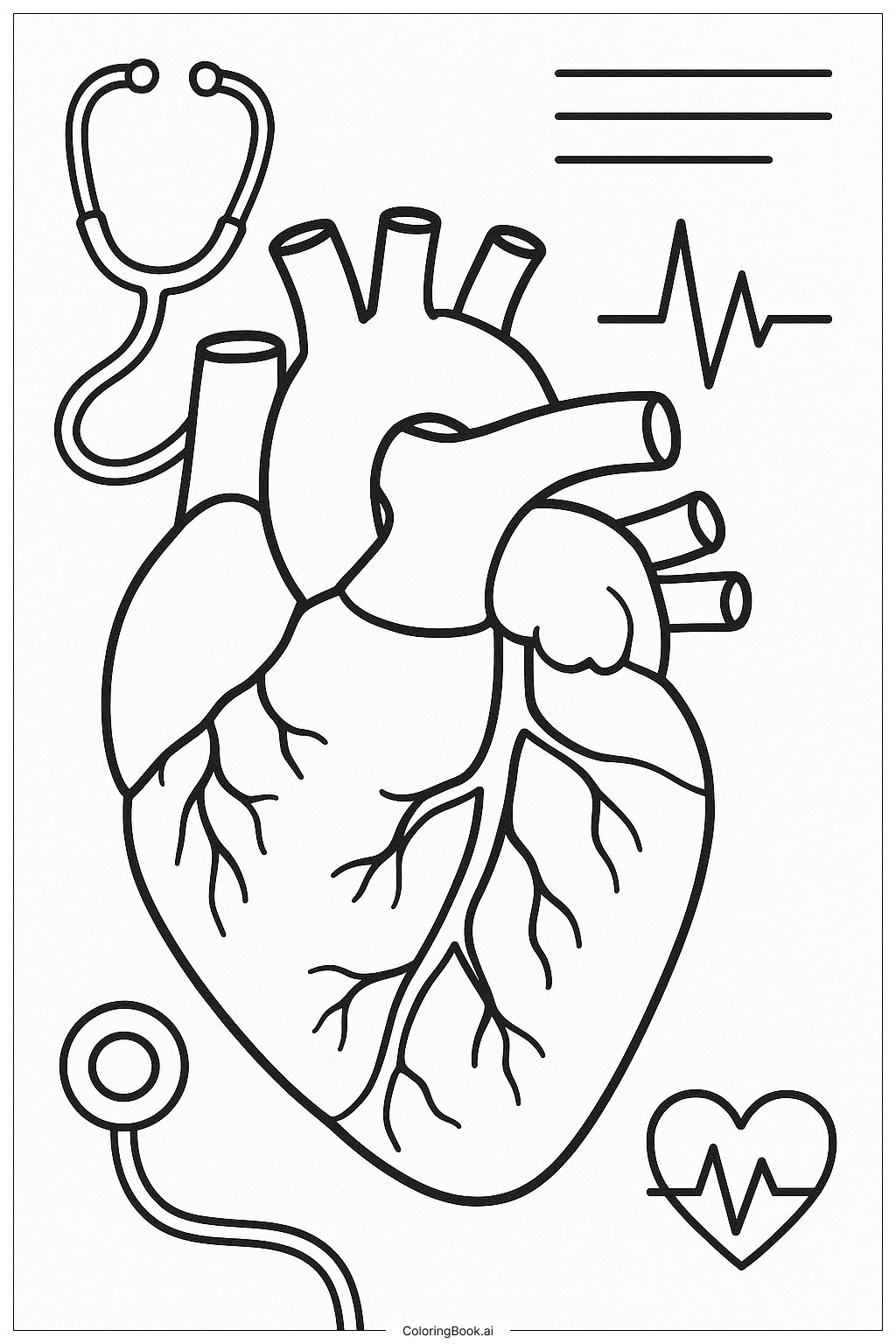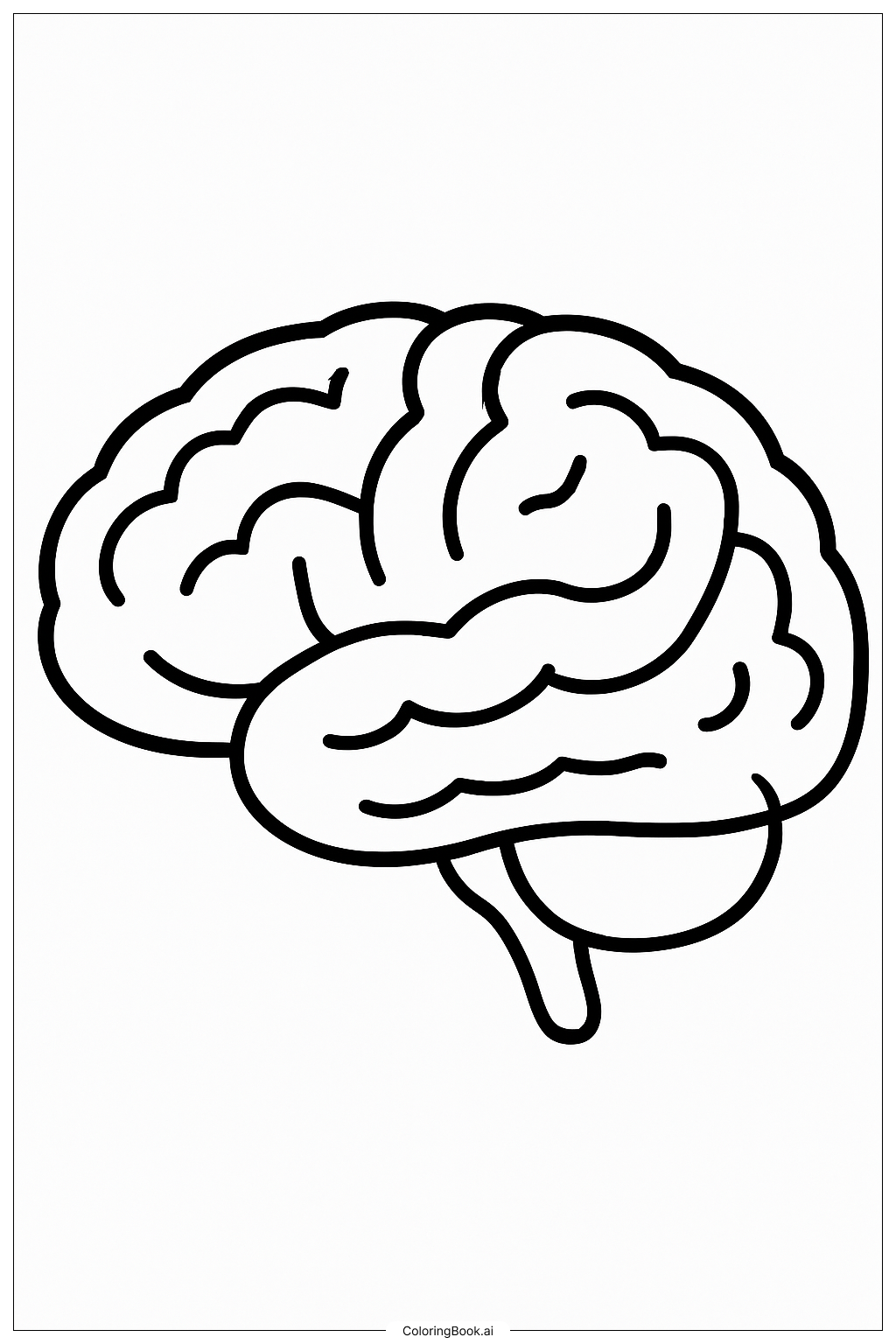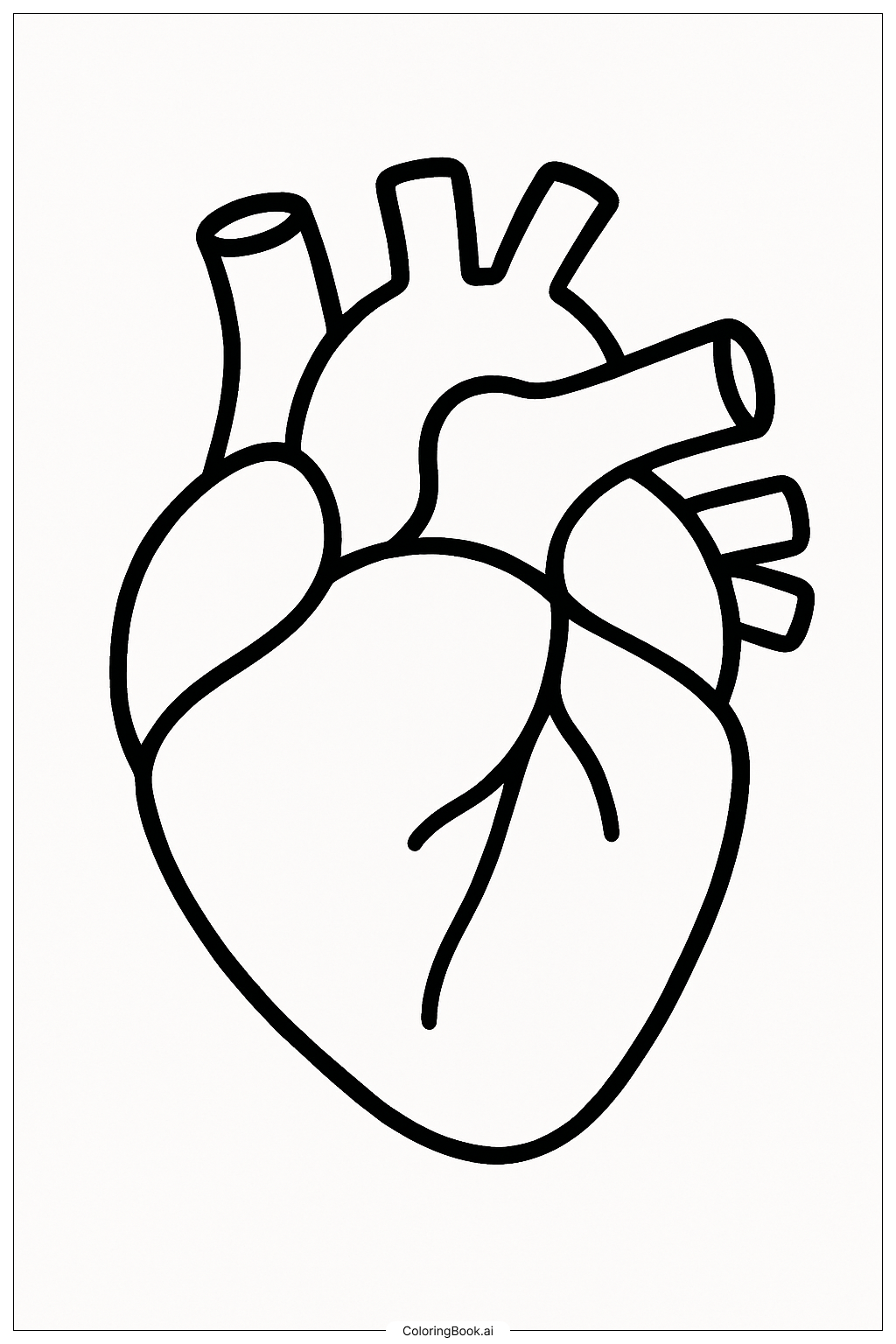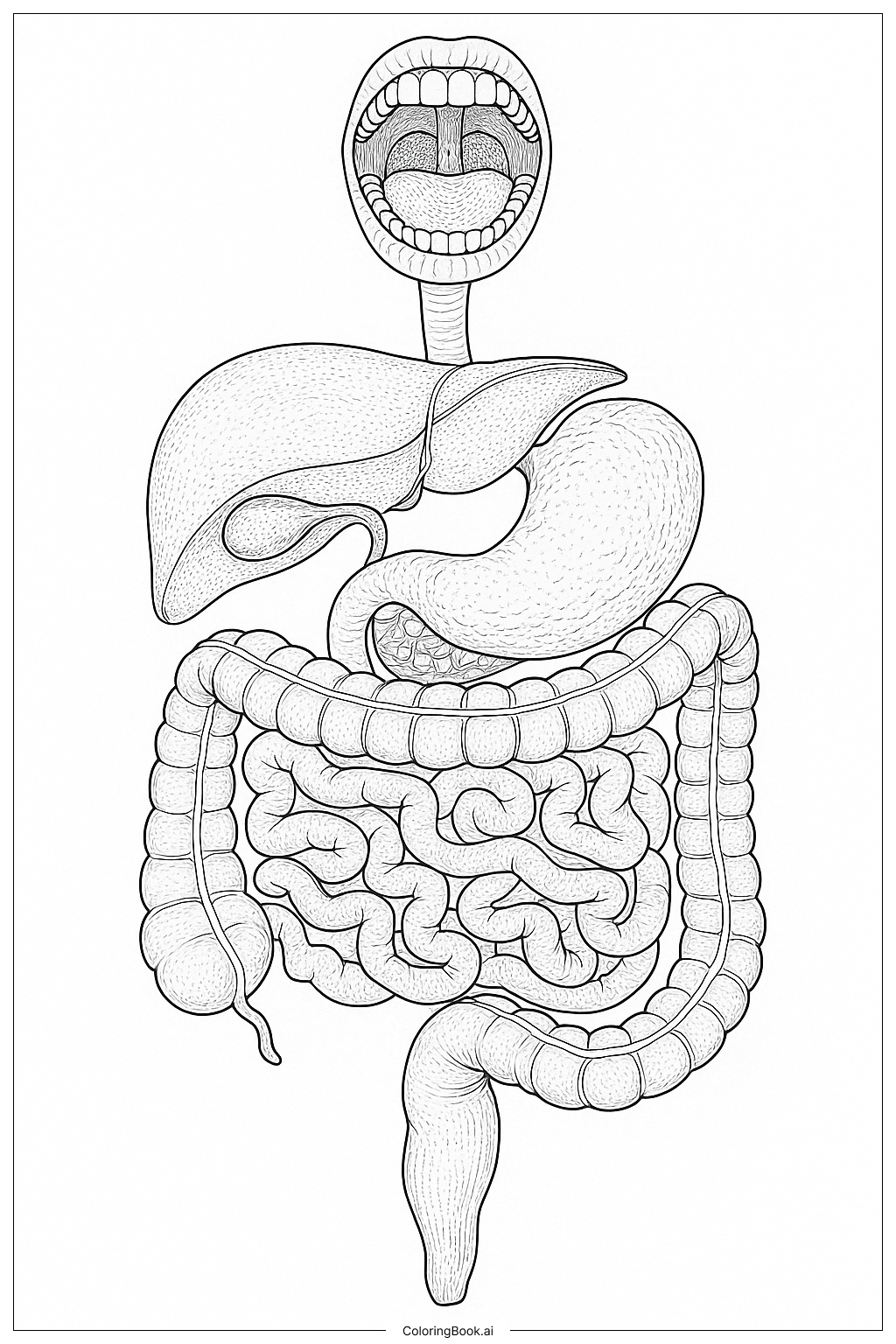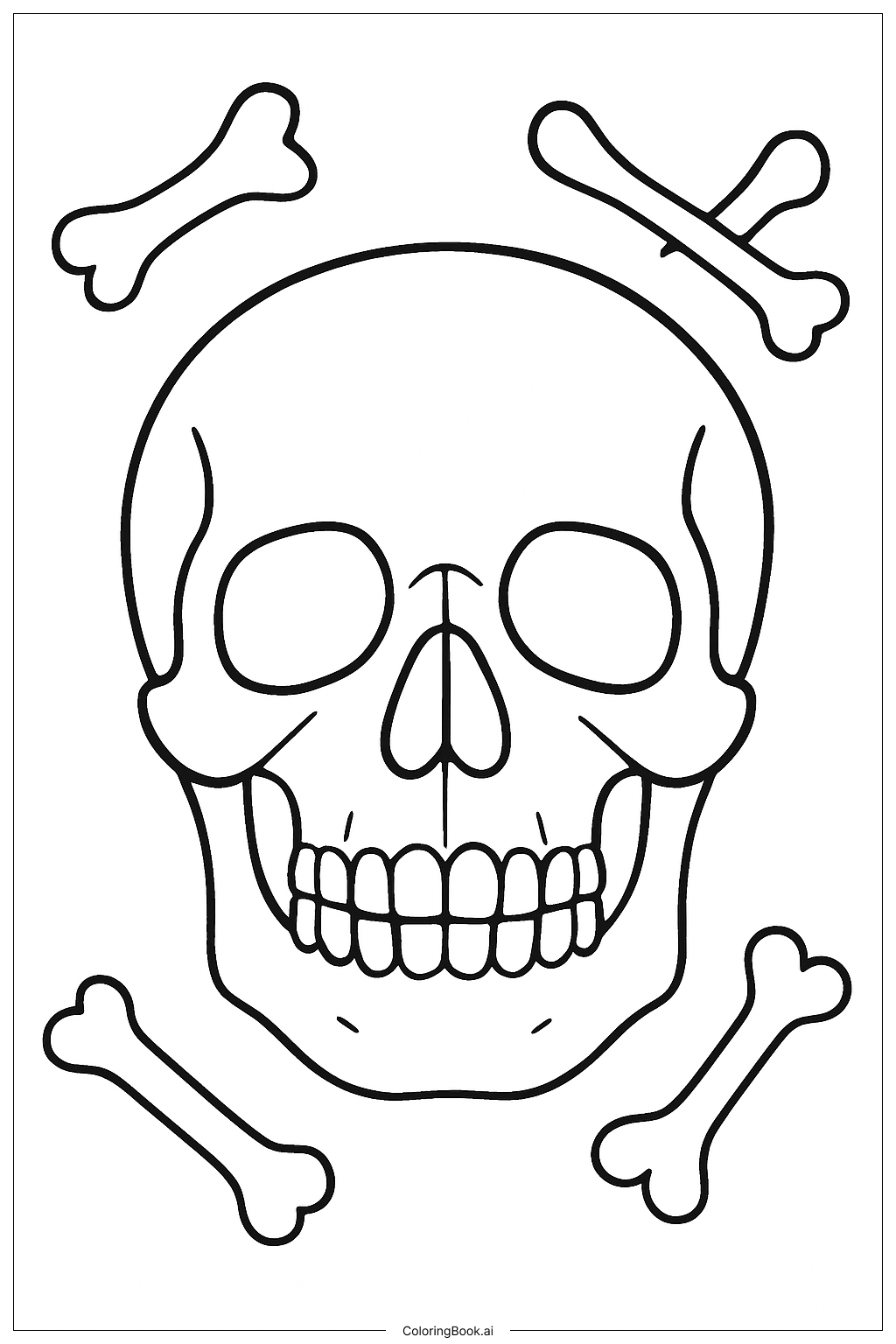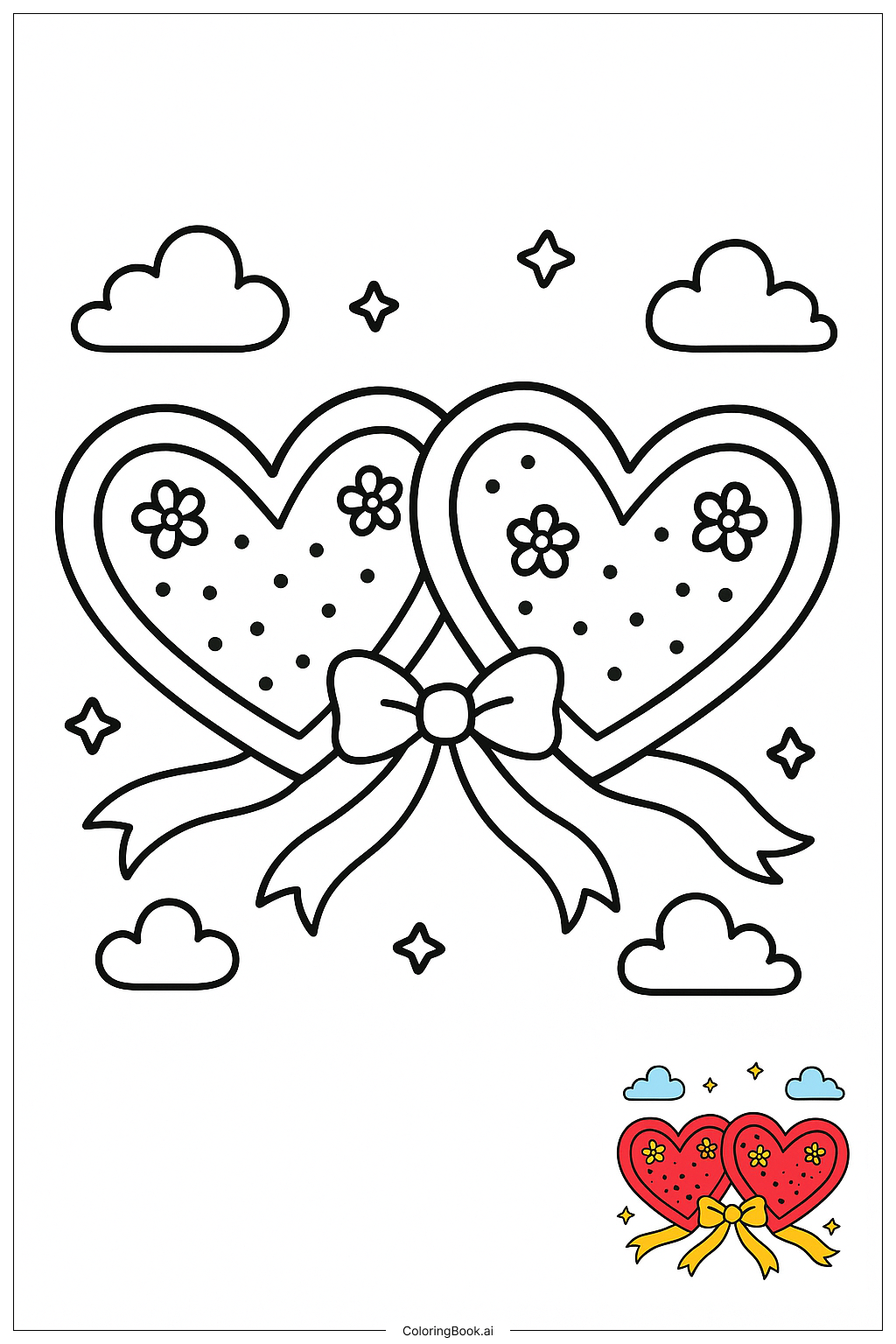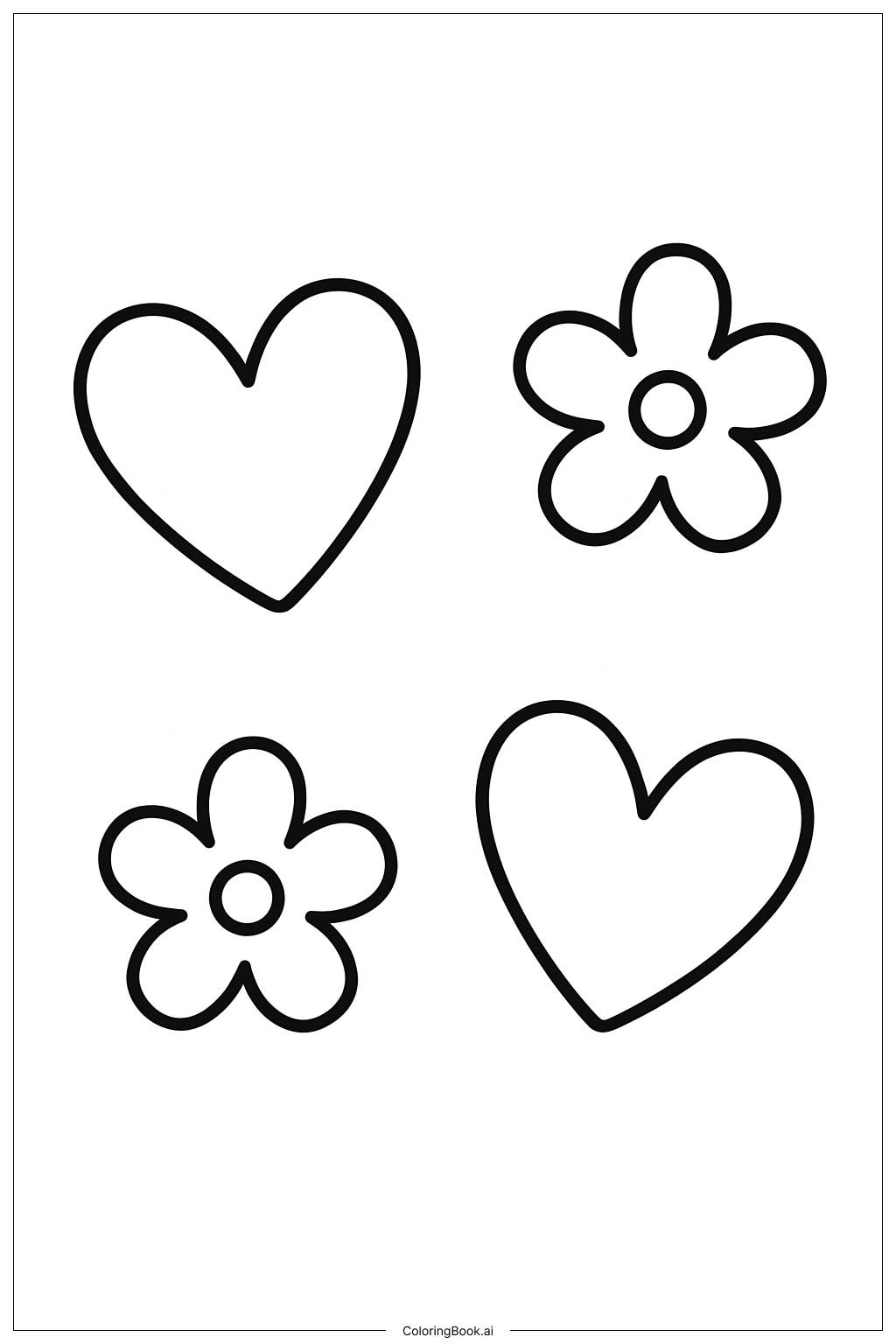Coloring tips: How to color The Human Heart Anatomy coloring page well?
Use red, pink, and purple shades for the heart to show different parts like arteries and veins. The stethoscope can be colored gray or silver. The EKG lines can be bright colors like green or blue to stand out. Use light colors for the background and darker colors for the heart details. Color slowly and carefully to stay inside the lines, especially around the small branches of blood vessels. Try mixing colors to make the heart look more realistic and interesting.
Coloring challenges: Which parts are difficult to color and need attention for The Human Heart Anatomy coloring page?
1. The small blood vessels and branches need careful coloring to avoid going outside the lines. 2. Different parts of the heart require using multiple colors to show anatomical details clearly. 3. The curved and narrow parts of the heart can be hard to fill with color neatly. 4. Coloring the stethoscope and EKG symbols requires attention to detail for correct shapes. 5. Balancing bright and subtle colors without making the image too crowded or confusing can be challenging.
Benefits of coloring books: Advantages of drawing The Human Heart Anatomy coloring page
Coloring this human heart anatomy page helps children learn about the heart and how it works. It improves their focus and hand-eye coordination. Coloring the small blood vessels trains fine motor skills and patience. It also encourages curiosity about science and health. The activity can make learning fun and help children remember heart parts better. Coloring different parts with different colors promotes creativity and understanding of body systems.
